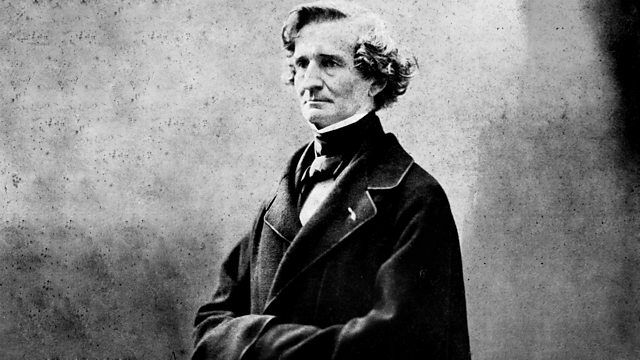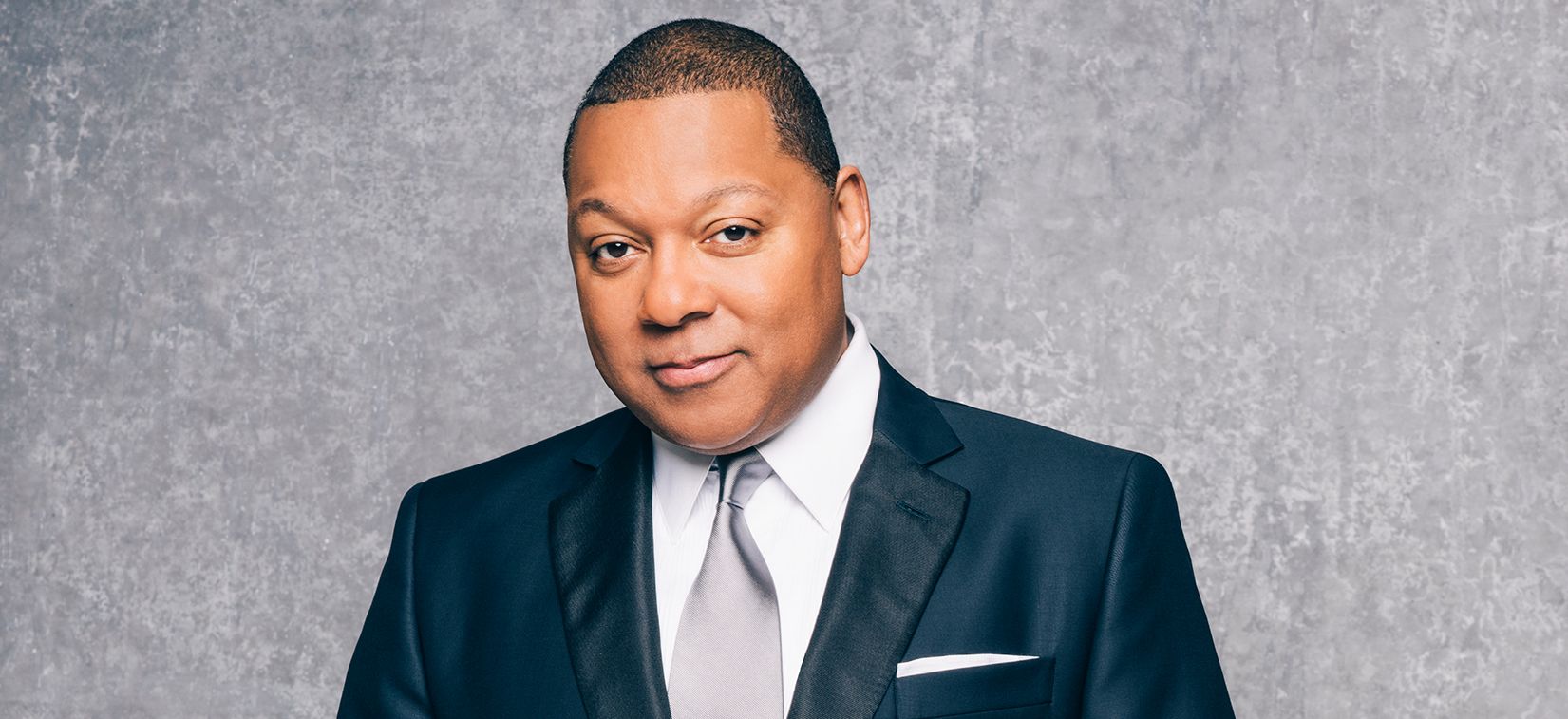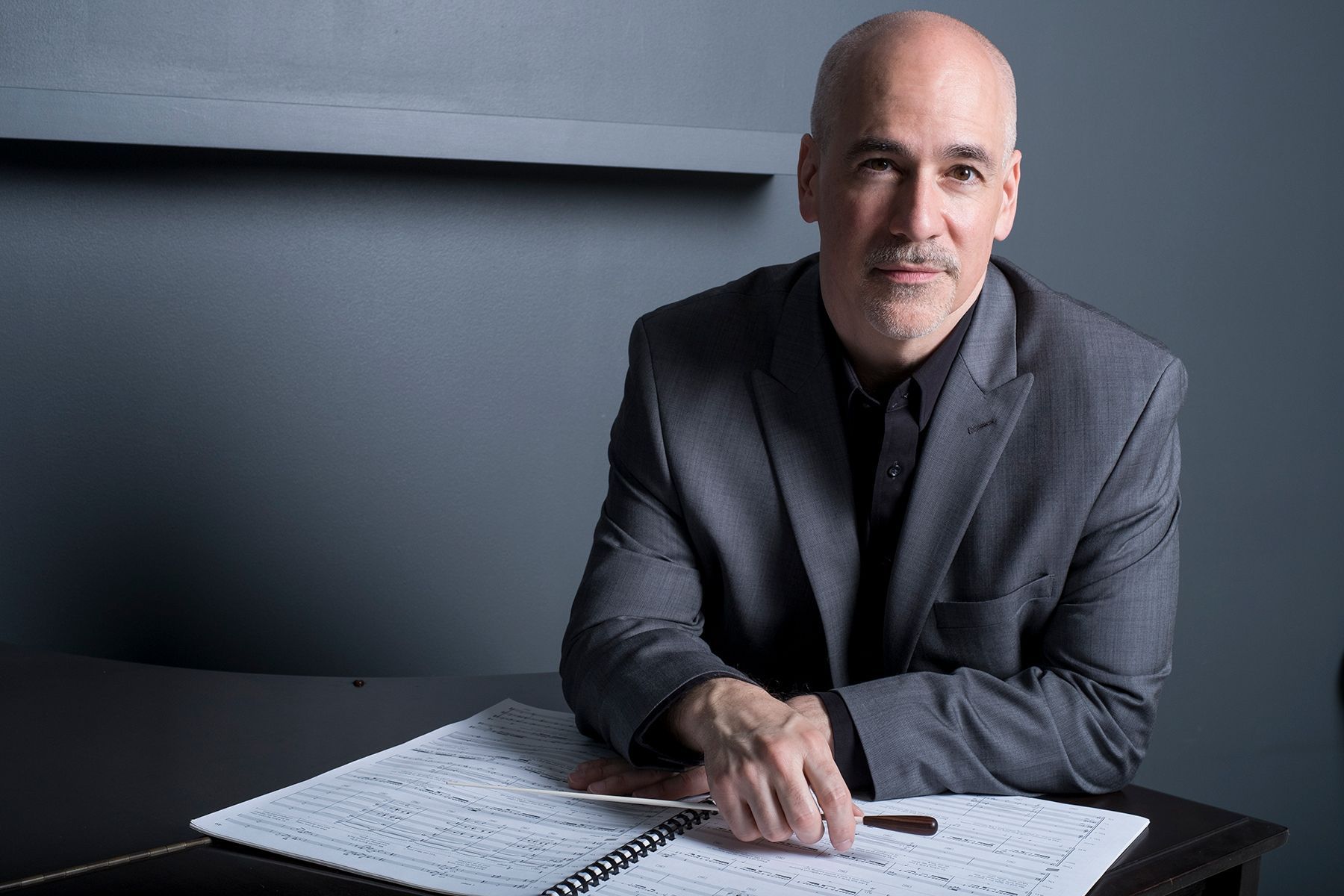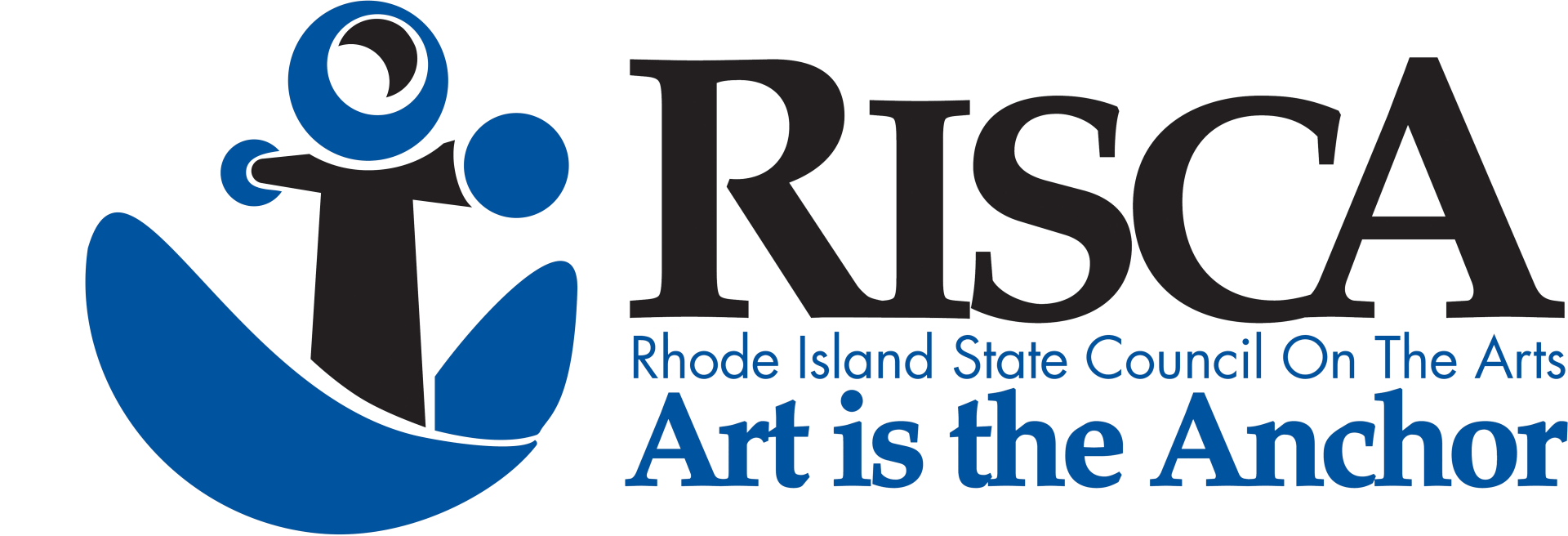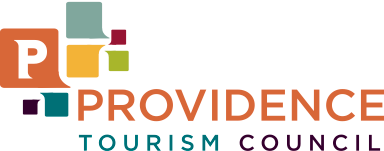Join our newsletter
Get the latest news delivered to your inbox.
Menu - Newsletter Form
401.248.7070 | 667 Waterman Avenue, East Providence, RI 02914
THE STORY BEHIND: Tchaikovsky's Piano Concerto No.1
Share
On March 15 & 16, conductor Joseph Young and the Rhode Island Philharmonic Orchestra will present TCHAIKOVSKY'S FIRST PIANO CONCERTO with pianist Tony Siqi Yun.
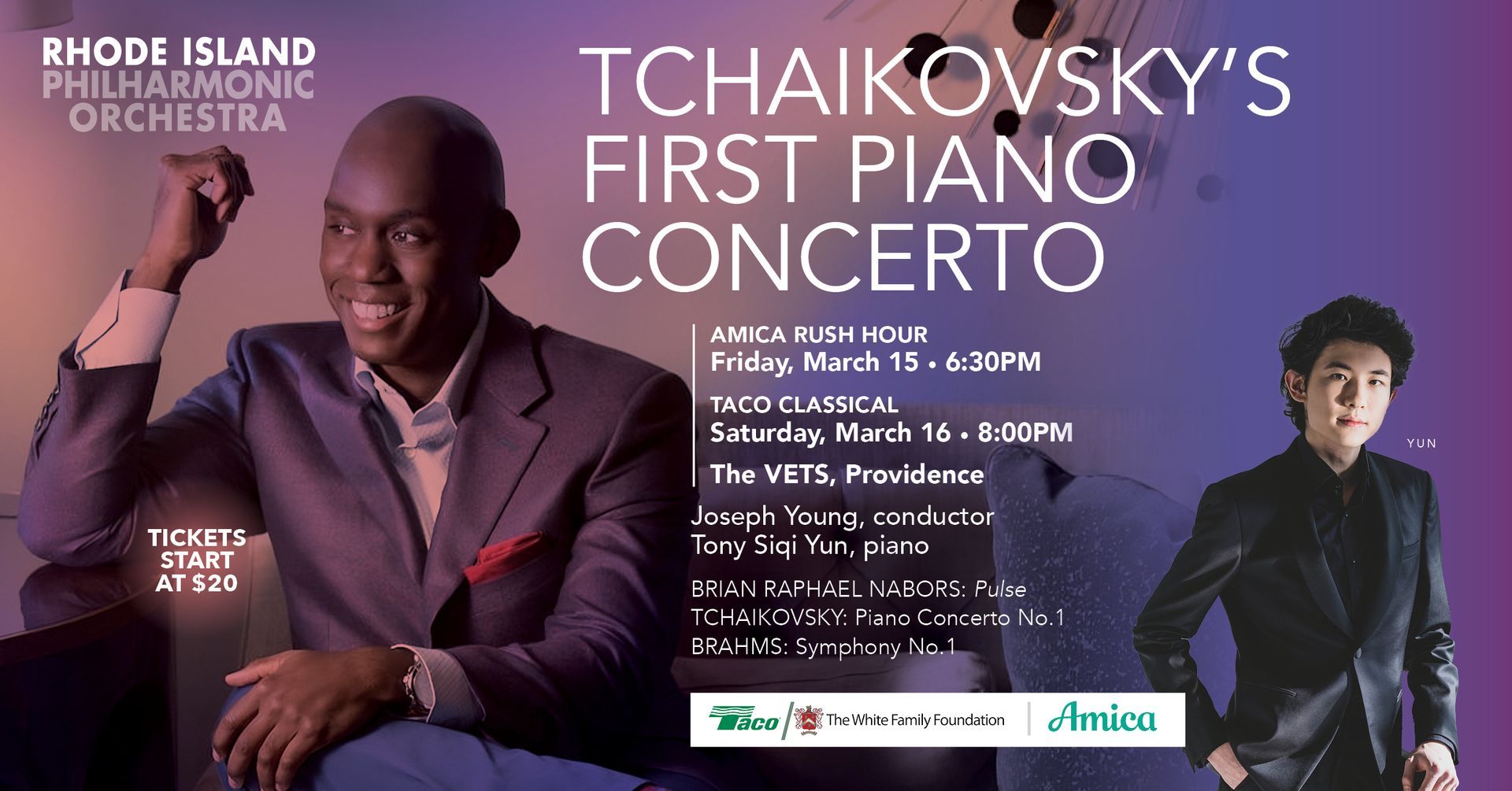
Title: Piano Concerto No.1, op.23, TH 55, B-flat minor
Composer:
Peter I. Tchaikovsky (1840-1893)
Last time performed by the Rhode Island Philharmonic:
Last performed March 31, 2019 with Bramwell Tovey conducting and soloist Olga Kern. In addition to a solo piano, this piece is scored for two flutes, two oboes, two clarinets, two bassoons, four horns, two trumpets, three trombones, timpani and strings.
The Story: On Christmas Eve of 1874, Peter I. Tchaikovsky experienced a spiritual blow so devastating that it took three years before he could even mention it. It concerned his informal playing of his First Piano Concerto in the home of a friend for Nicolai Rubinstein, his superior at the Moscow Conservatory. Tchaikovsky was seeking some friendly technical advice about the piano part. Instead, this is what happened:
I played the first movement. Not a single word, not a single comment! . . . Say something, if only to tear it to pieces with constructive criticism. . . . It was as though he was saying to me: My friend, how can I talk about details when the very essence of the thing disgusts me? I fortified my patience and played on to the end. Again silence. I got up and asked, Well? It was then that there began to flow from [Rubinstein’s] mouth a stream of words. . . . It appeared that my concerto was worthless, that it was unplayable, that passages were trite, awkward, and so clumsy that it was impossible to put them right, that as a composition it was bad and tawdry, that I had filched this bit from here and that bit from there, and that there were only two or three pages that could be retained, and that the rest would have to be scrapped or completely revised.
Tchaikovsky left the room and went upstairs. Rubinstein soon followed. There he told me again that my concerto was impossible, and after pointing out to me a lot of places that required radical change, he said that if by such-and-such a date I would revise the concerto in accordance with his demands, then he would bestow upon me the honor of playing my piece in a concert of his. “I won’t change a single note,” I replied, “and I’ll publish it just as it is now!” And so I did! [translation by David Brown].
The high point of Tchaikovsky’s famous concerto is the melody that comes right after the piano’s introductory chords. The orchestra plays this melody, and the piano accompanies. Listen closely, because (oddly) this wonderful tune never returns! The rest of the first movement is colored delightfully by Russian folk music. In the second movement, we may notice the contrast between slow and fast musical speeds in alternating sections. The finale is quick and dance-like for the most part. However, the composer emphasizes a beautiful lyrical melody, which we hear from time to time, especially near the end.
Program Notes by Dr. Michael Fink © 2023 ALL RIGHTS RESERVED
Tickets start at $20! Click HERE or call 401-248-7000 to purchase today!

